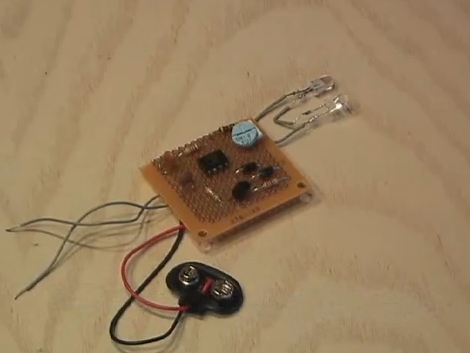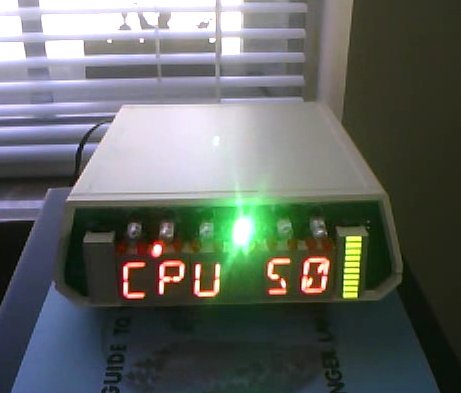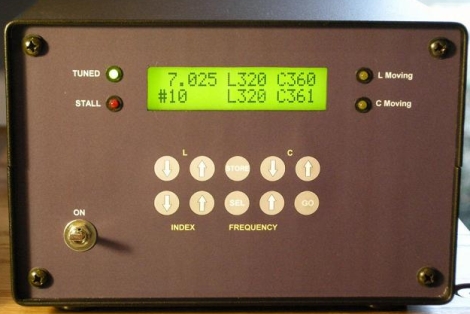
Bring communications jamming technology into your TV viewing experience by building this infrared LED driver circuit. You’re probably familiar with the TV-B-Gone, which let’s you turn off any television at the touch of a button. But what if you actually want to watch the program that’s currently on the screen when the person with remote-in-hand doesn’t? That’s where this little marvel comes in.
[KipKay’s] IR jammer uses a 555 timer to constantly transmit infrared traffic. The signals it’s sending out don’t correspond to commands the TV (or any other IR remote-controlled device) will respond to. But if the light intensity is strong enough, they will interfere with any signals coming in from a remote or even from a TV-B-Gone. [KipKay] wisely hides this circuit inside of another remote control so that the other couch potatoes you are thwarting won’t get wise to what’s happening. If they want to watch something else they’ll have to get up and walk over to the entertainment center to do something about it, and what’s the chance that’s going to happen?
Don’t miss [KipKay’s] infomercial-esque presentation of this gadget after the break.
Continue reading “IR Remote Control Jammer Makes You Lord Of The Livingroom”














